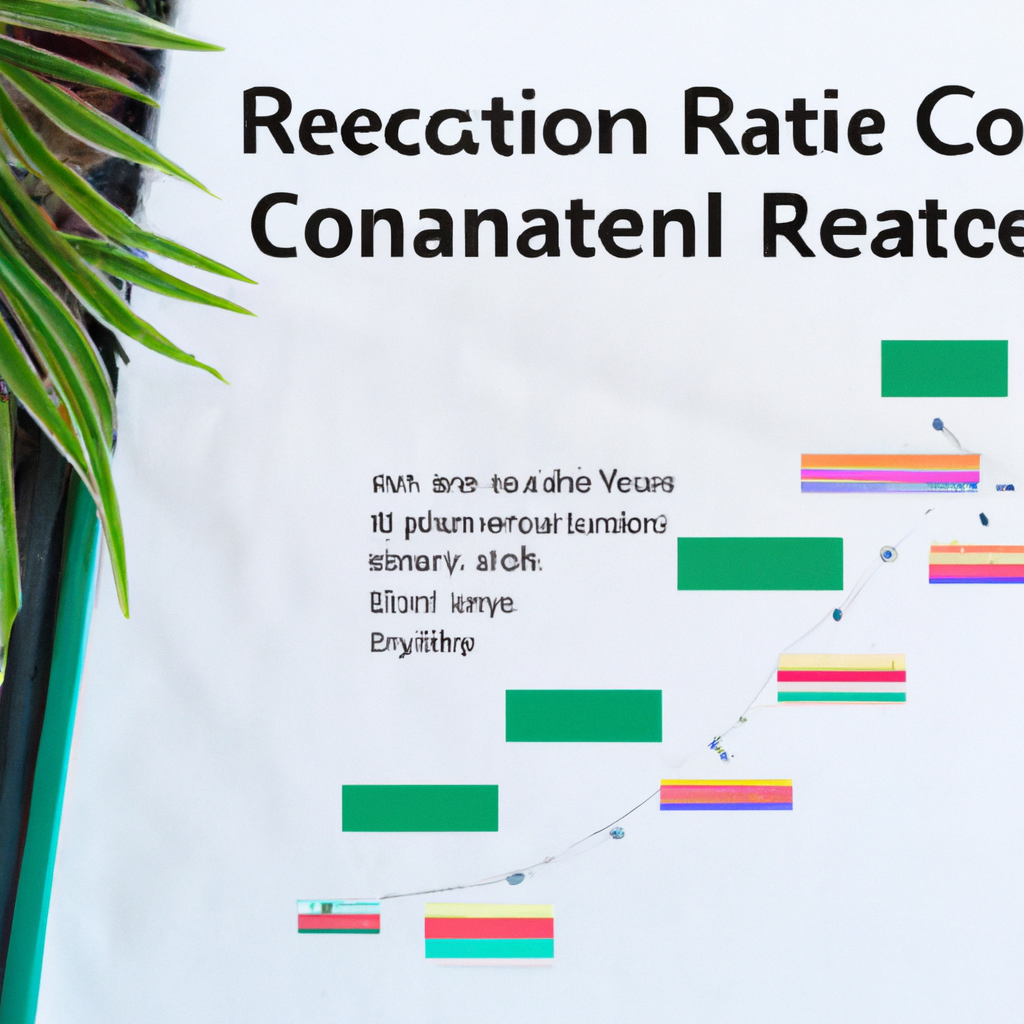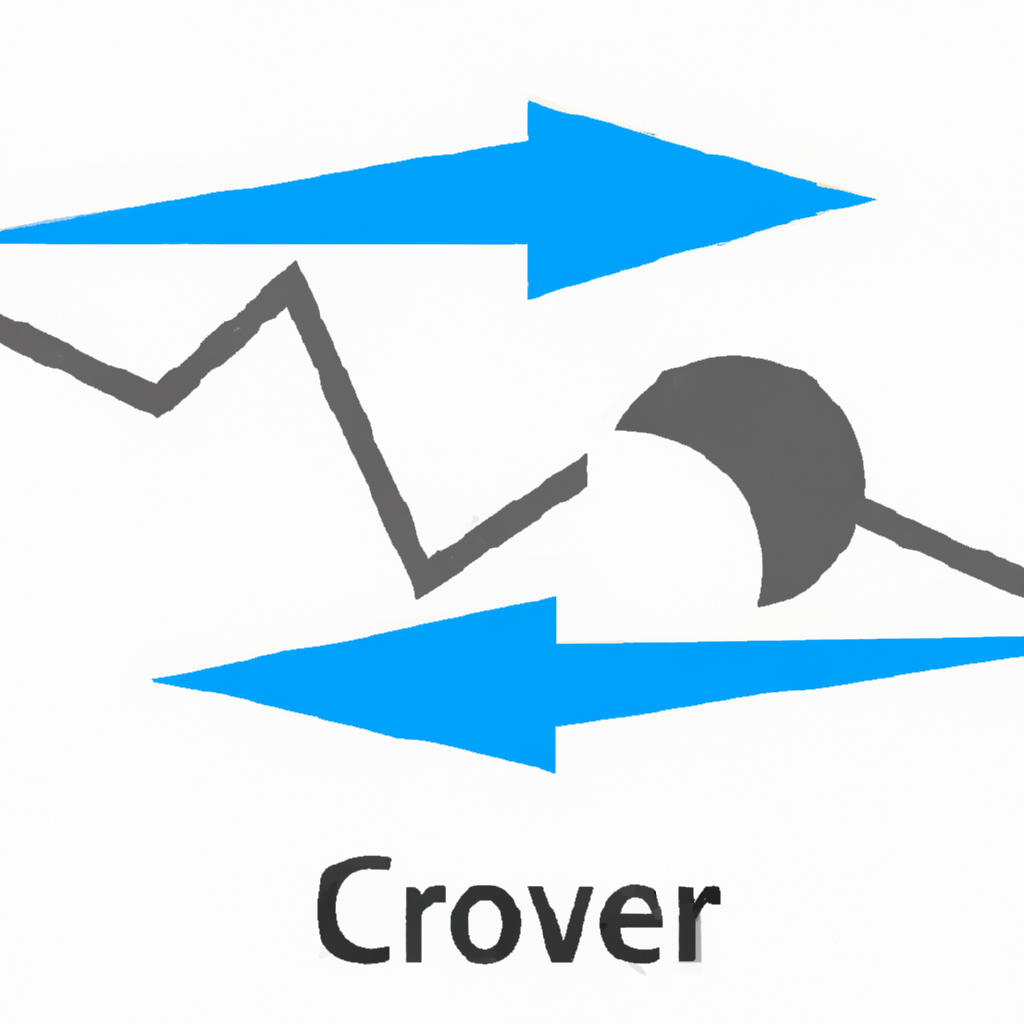Chart Patterns Recognition Guide
Introduction
Chart patterns are formations that appear on price charts and can help traders predict future price movements. By recognizing these patterns, traders can make informed decisions about when to enter or exit trades. In this guide, we will discuss some of the most common chart patterns and how to recognize them.
Types of Chart Patterns
1. Head and Shoulders
The head and shoulders pattern is a reversal pattern that indicates a potential change in trend. It consists of three peaks – a higher peak (the head) between two lower peaks (the shoulders). Traders look for this pattern to form after an uptrend, as it may signal a trend reversal.
2. Double Top/Bottom
The double top pattern occurs when the price reaches a high twice, but fails to break through, creating a resistance level. Conversely, the double bottom pattern forms when the price reaches a low twice, but fails to break below, creating a support level. These patterns can signal a reversal in the current trend.
3. Triangle
Triangles are continuation patterns that indicate a period of consolidation before the price breaks out in the direction of the previous trend. There are three types of triangles – symmetrical, ascending, and descending – each with their own characteristics.
How to Recognize Chart Patterns
1. Study Price Charts
One of the best ways to recognize chart patterns is to study price charts regularly. Look for patterns that repeat themselves and try to identify the key characteristics of each pattern.
2. Use Technical Indicators
Technical indicators such as moving averages, RSI, and MACD can help confirm the presence of a chart pattern. These indicators can provide additional insight into the strength of a pattern and the likelihood of a successful trade.
3. Practice Pattern Recognition
Practice makes perfect when it comes to recognizing chart patterns. Take the time to analyze different charts and identify patterns on your own. The more you practice, the better you will become at spotting patterns in real-time.
Conclusion
Chart patterns are powerful tools that can help traders make informed decisions in the financial markets. By learning how to recognize these patterns, traders can improve their trading strategies and increase their chances of success. Remember to always combine chart patterns with other technical analysis tools for a comprehensive trading approach.


